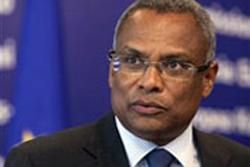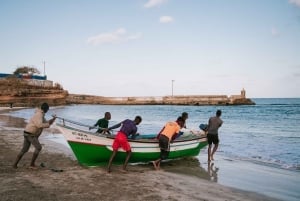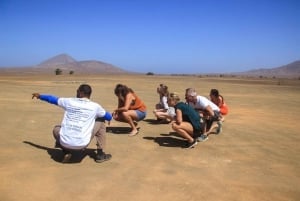Cape Verde Government
A safe haven for democracy
The Republic of Cape Verde is known as one of the most peaceful and stable democracies in Africa. A Portuguese colony in its origin, Cape Verde partially owes its independence to the founder of the African Party for the Independence of Guinea and the Cape Verde Islands, Amílcar Cabral. The Portuguese rulers didn´t view an alliance between Cape Verde and Guinea-Bissau in a good light, and Cabral was murdered in 1973. However, when the situation in Portugal changed, and the empire started letting go of its overseas dominions, the party founded by Cabral won the first democratic elections, obtaining 90% of the votes.
Ever since the 1975 election, Cape Verde has been a democracy. The first constitution was passed in 1980, and the PAIGC was renamed PAICV, eliminating references to Guinea and becoming a national party. Cape Verde celebrates its independence on the 5th of July.
CONSTITUTION and ELECTIONS
The1980 constitution which establishes the bases of Cape Verde´s government has undergone several revisions since its creation. It mandates that the president has to be elected by the people for a 5-year term. There is also the figure of a prime minister who is considered to be the head of government, while the president is the head of state. The Cape Verdean Prime Minister is nominated by the democratically elected, National Assembly and appointed by the president.
The PAICV was the only party in Cape Verde until the creation of The Movement for Democracy (MPD) which came to power in 1991. After a re-election in 1995, the MPD ruled in Cape Verde until 2001, when the PAICV regained power once more.
The National Assembly´s parliamentary body also includes members of a third party today; the Cape Verdean Independent Democratic Union.
ORGANIZATION
The Cape Verde government has three branches:
The Executive branch formed by the PRESIDENT, the PRIME MINISTER and the COUNCIL OF MINISTERS, the Legislative branch which is the NATIONAL ASSEMBLY and the Judicial branch formed by the SUPREME COURT and all the LOWER COURTS. The country is divided into 17 administrative districts. The capital and seat of government is located in Praia, on the southern coast of the island of Santiago.
FOREIGN RELATIONS
Cape Verde actively participates in all major international organizations and it maintains a policy of non-alignment, which has allowed it to develop strong and friendly relations with China, Cuba, its former ruler Portugal, Russia, Angola, Brazil and the US, among many others. Cape Verde has received extensive international support and financial aid during many of its droughts, natural disasters and economic crises, especially from the US.
NATIONAL SYMBOLS
The national flag of Cape Verde features red, blue and white stripes, and it is decorated with 10 five-pointed stars, each one of which represents one of the islands that form the country. The blue symbolizes the sea, white stands for peace and red for effort.
The national anthem of Cape Verde is called "Cantico da Liberdade" (Song of Freedom). It was written by Amilcar Spencer and Adalberto Higino Tavares.












